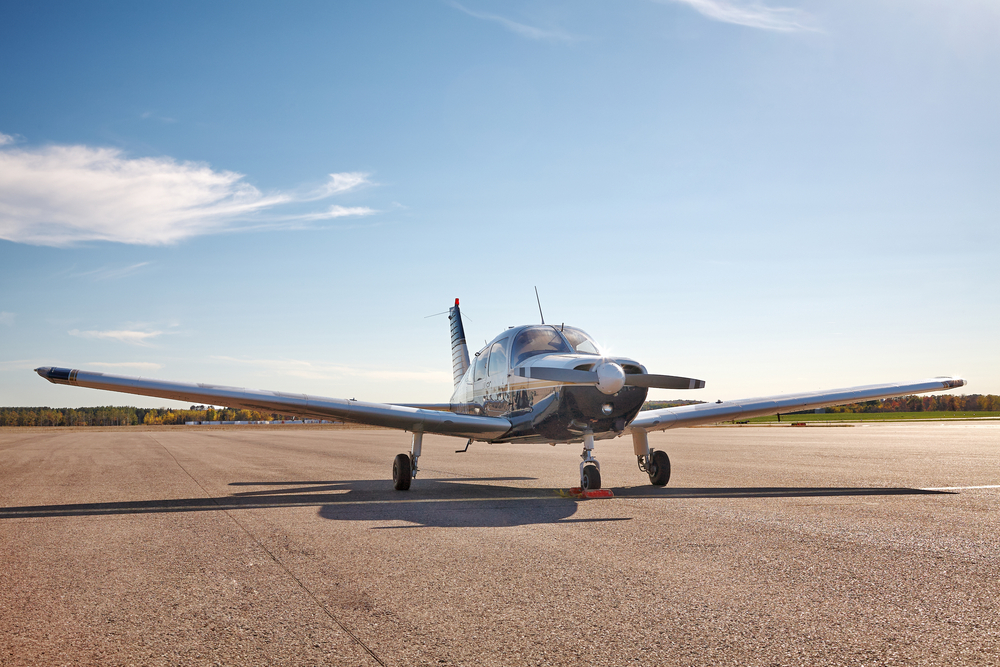Understanding Aircraft Leaseback
Aircraft leaseback is a popular financial arrangement in the aviation industry. It allows airlines to sell their aircraft to leasing companies while simultaneously leasing them back. This provides the airlines with immediate capital.
How Does Leaseback Work?
The process starts with an airline selling its aircraft to a leasing company. Immediately after, the leasing company leases the same aircraft back to the airline. This allows the airline to continue using the aircraft without owning it.
Benefits for Airlines
One of the main benefits is the infusion of cash. Airlines receive a lump sum from the sale which they can use for various purposes such as debt repayment, fleet modernization, or operational costs.
Leaseback arrangements also provide flexibility. Airlines can easily adjust their fleet size without the need for long-term investments in aircraft. This is particularly useful for adapting to changes in passenger demand.
Advantages for Leasing Companies
Leasing companies gain reliable, long-term clients. They also benefit from the steady income generated by lease payments. Additionally, the leasing company now holds a tangible asset that can be leased to other airlines if necessary.
Types of Leaseback Arrangements
- Operational Leaseback: The airline leases the aircraft but doesn’t record it on their balance sheet. This type is often preferred for its tax benefits and off-balance-sheet financing.
- Finance Leaseback: The airline records the aircraft as an asset on its balance sheet and has the right to purchase it at the end of the lease term.
Considerations and Risks
While leaseback offers significant benefits, it also has risks. The biggest risk is the long-term cost. Leasing may turn out to be more expensive compared to owning aircraft outright. Airlines must also carefully negotiate lease terms to avoid unfavorable conditions.
Market conditions can affect the leaseback strategy. During economic downturns, availability of lease financing might tighten. Conversely, in booming economies, leasing rates may be higher.
Case Studies
One notable example is Delta Air Lines. In the wake of the 2008 financial crisis, Delta utilized leaseback arrangements to maintain liquidity while modernizing its fleet. This strategy helped Delta manage its debt effectively.
Another example includes Qantas, which conducted sale-leaseback transactions to free up capital for expansion. By leasing back their aircraft, Qantas could invest more in customer service and route expansion.
Industry Impact
The aircraft leaseback market has grown significantly over the past decades. Aircraft lessors like AerCap and GECAS play crucial roles in the aviation sector. They enable airlines to operate more efficiently by offering flexible leasing options.
Leasebacks also encourage competitive leasing markets. Airlines benefit from competitive rates and flexible terms, aiding in fleet management and operational strategies.
Regulatory Environment
The regulatory environment for leasebacks can vary by country. In the U.S., the Federal Aviation Administration (FAA) and International Accounting Standards Board (IASB) set guidelines, ensuring transparency and compliance. The regulations ensure that airlines account for leases appropriately in their financial statements.
Future Trends
The future of aircraft leasebacks will likely see more innovative financial products. With the rise of new technologies and aircraft types, lease agreements might evolve. Airlines might prefer leasebacks for newer, more fuel-efficient aircraft.
Leasing companies are also likely to expand their services, offering more than just aircraft leases. Ancillary services, maintenance packages, and integrated fleet solutions could become standard offerings, improving overall airline efficiency.
Conclusion
Understanding aircraft leaseback is crucial for aviation professionals. The balance of benefits and risks makes it a strategic choice for fleet management and financial planning. With the right approach, leasebacks can be a powerful tool for both airlines and leasing companies.
